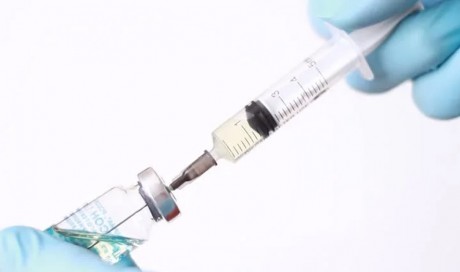The power of raw

The nutrients in beetroots are heat sensitive. With the rise in cooking time and temperature, the antioxidant content decreases. Beetroot is rich in Vitamin C which is a water soluble vitamin that can be destroyed on cooking. Not only this, it also loses more than 25 percent of its folate when cooked. It is best to mildly steam or bake it at lower temperatures. Fresh beets are as happy in a soup as they are when pureed in a dip. If the jelly flesh has kept you away from beetroots, you can marinate it with some olive oil and herbs and roast it that'll add some nice nuttiness. Grilling, on the other hand, draws out the sweetness and gives it smoky flavour. I also like to throw some beetroot shreds in a bowl of rice with some mustard seeds, makes for a quick meal.
Save the greens
The next time you bring home a bunch of beets don't toss the tops away. These dark, leafy greens that are often overlooked are rich in iron, calcium, Vitamin A, K and C. They're loaded with vitamin K that plays a major role in blood clotting. An average male requires 120 micrograms of vitamin K while female adults require 90 micrograms - one cup of beet greens provides a whopping 152 micrograms of this vitamin. These can be cooked just like spinach and are slightly bitter as compared to the sweet bulb.
To juice or not to juice?
Beet juice is a more concentrated source of betalains, but cooked beets will contain much more fiber. Traditionally, beet juice was used as a blood purifier and to cleanse the liver. It is also considered a natural remedy for anaemia or iron deficiency. Beetroot, all juiced up, is a healthy way to get all nutrients that may be lost on cooking. It is also easier to digest and absorb nutrients in liquid form. Runners and athletes are often advised to drink beetroot juice that allows their muscles to use oxygen more effectively and boosts stamina.
Share This Post














